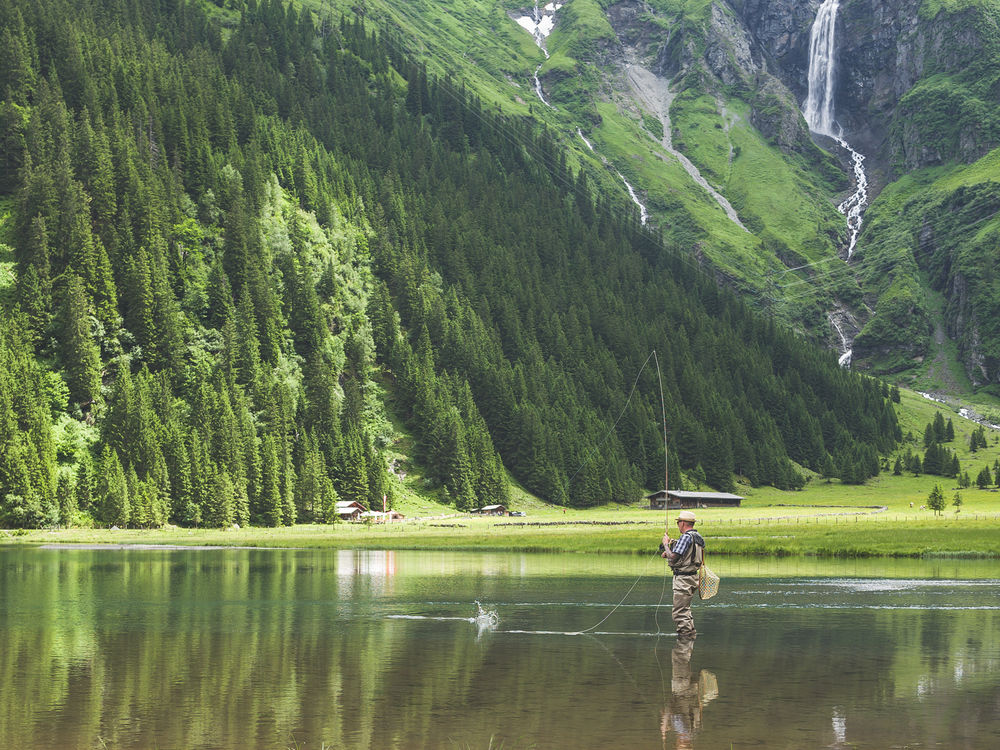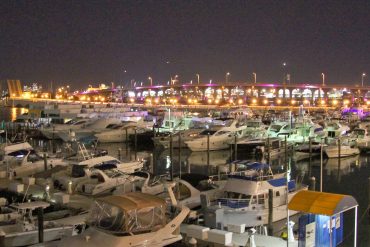
You may wonder why so many Conservationist posts dwell so obsessively on the recent decision by the Trump Administration to review and replace the so-called Waters of the U.S. Rule, and why we’ve written about this topic so many times.
The answer is that most of us have lived in a nation where, until very recently, water quality has steadily improved. Many of us have never experienced the kind of wholesale water pollution that was common in the U.S. before the 1972 Clean Water Act, with the ruin of property values and fisheries and drinking water supplies. Although this situation of steadily improving water quality is actually unique in a world that is mostly growing dirtier and more crowded by the hour, we seem to take it for granted in a way that I just cannot understand, and that is totally different from the way we think about all our other freedoms and responsibilities. Freedom isn’t free. The price of liberty is constant vigilance. To whom much is given, much is expected.
Another fine bit of ancient wisdom applies here: Proverbs 14:15: The simple believeth every word: but the prudent man looketh well to his going.
Here is the actual Waters of the U.S. Rule (and please read through to the part where it specifically states that it does not regulate ditches, stock and farm ponds, puddles, irrigated lands, “reflecting pools,” etc. as claimed by its many well-funded corporate opponents). And here are a couple of examples of the media campaign against the Waters of the U.S. Rule. What’s more, the Cato Institute published “Stopping the EPA from Regulating Puddles.”
One could also reword an old adage to read, “A fool and his water are soon parted.”
Many readers of previous blog posts on this subject have commented that the Waters of the U.S. Rule, as applied by a federal agency, was a clear violation of the Tenth Amendment, which states, “The powers not delegated to the United States by the Constitution, nor prohibited by it to the States, are reserved to the States respectively, or to the people.”
These readers have a point. Many years ago, on a sharptail grouse hunting trip in northern Montana, the late, great Jim Range, who co-founded the Theodore Roosevelt Conservation Partnership and helped to draft the original Clean Water Act, told me that he always knew that the original Clean Water Act was broad and ambitious and that it would eventually be challenged in the courts. Range said that he always figured that, by that time, the success of the law would have inspired the states to create their own regulations that would expand clean water protections to exactly the kinds of isolated wetlands and tributary creeks that the Waters of the U.S. Rule eventually covered.
Those state-level regulations would certainly have addressed any Constitutional issues in clean water protections. (The will was there, once, long ago, at least in South Carolina: “In 1671, the Colonial Assembly passed a law that is still in effect: ‘Should any person cause to flow into or be cast into any of the creeks, streams or inland waters of this State any impurities that are poisonous to fish or destructive to their spawn, such person shall, upon conviction, be punished.’”
But modern states never created those protections. Instead, they relied on the federal 1972 Clean Water Act, with its expansions over the years, as a “floor,” allowing the states to almost completely abdicate any responsibility for protecting their own waters. For decades now, state legislatures have been much busier enacting laws prohibiting any state water regulations that are stricter than those at the federal level than they have been worrying about their responsibilities to protect their own resources for their citizens.
Now that the federal Waters of the U.S. Rule is…





